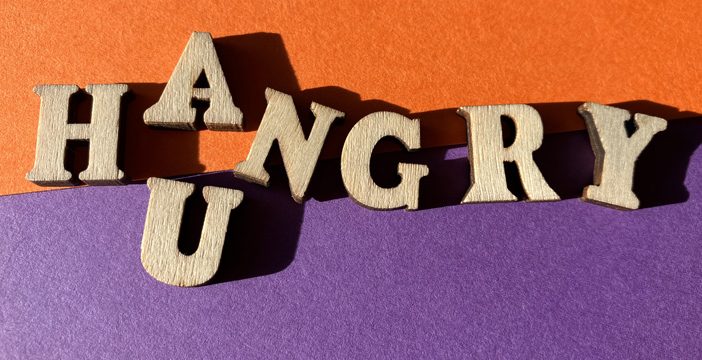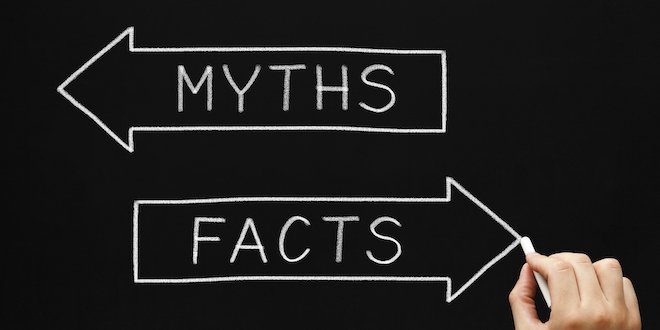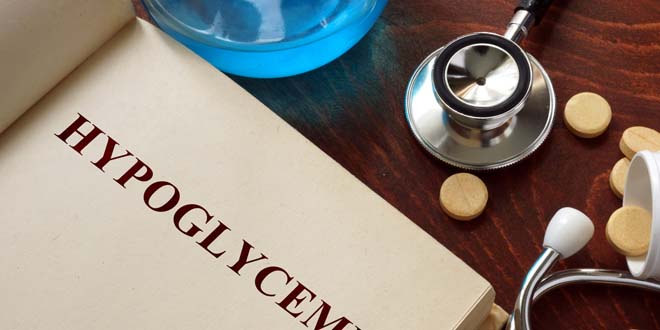The word hangry came into common usage about 20 years ago. In grammatical terms it is known as a portmanteau, meaning that it is a combination or mashup of 2 words – in this case, ‘hungry’ and ‘angry’. So, hangry means that you are feeling angry because you are very hungry!
low blood sugar
Updated guidelines for managing low blood sugar (hypoglycemia)
Diabetes Canada recently released updated guidelines on hypoglycemia (low blood sugar). This update is important because hypoglycemia is a common and a potentially dangerous complication of diabetes.
Myths and facts about starting insulin
There is probably no other disease than diabetes where people are happy to give other people unsolicited advice and information. Starting insulin, in particular, seems to carry with it many myths that you may have heard from some of these well-meaning folks.
6 best practices to manage low blood sugar emergencies
If you are at risk for severe hypoglycemia, there are some important things you can do to prevent and manage it. Read on to learn about 6 best practices to manage low blood sugar emergencies.
Diabetes and hospital admissions: how to avoid them and how to survive them!
No one likes to be in hospital, but the reality is that people living with diabetes are more likely to have a hospital stay. At any given time on a hospital medical ward, about 25% of the people there have diabetes.
Diabetes and hair loss
While we all lose a little hair every single day, finding large quantities of hair on your pillow, hairbrush or in the shower, could be a signal that you’re losing more than average. Diabetes may be the culprit for your hair loss.







